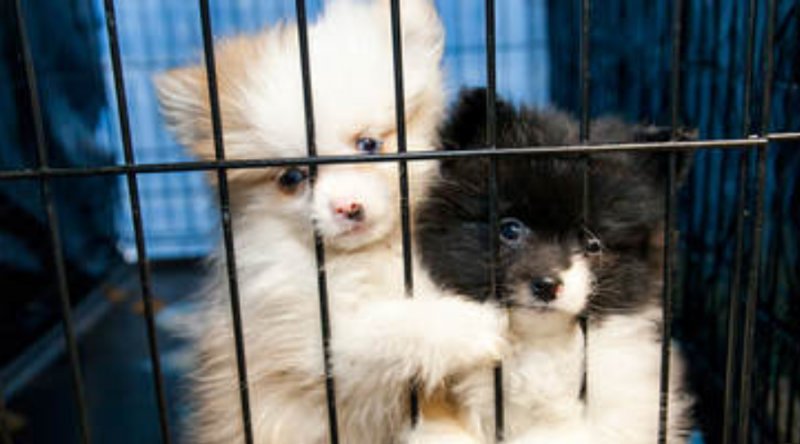By Dr. Bethany Hsia, Co-founder of CodaPet, which recently launched in Phoenix.
Euthanasia is a difficult decision that many pet owners have to make when their beloved furry friends are suffering from debilitating illnesses or intractable pain. It is a process of intentionally ending an animal’s life to relieve them from their suffering and prevent a protracted death. However, there is a common misconception that pets can wake up after euthanasia, causing confusion and distress among pet owners. In this blog, we will explore the process of euthanasia and address this misconception.
Euthanasia can be performed at home, at a vet clinic, or sometimes in public places such as a beach or park. The procedure involves administering a euthanasia solution, usually containing a highly concentrated barbiturate, which induces a painless and peaceful death. The drug works by shutting down the central nervous system, leading to loss of consciousness and ultimately stopping respirations and the heart.
At a vet clinic, the process typically involves the following steps:
1. Consent: The veterinarian will explain the procedure to the pet owner, obtain their consent, and confirm the pet does not need to undergo rabies testing, before proceeding with euthanasia.
2. Pre-medications: A drug or drug cocktail will be administered prior to euthanasia to ensure the pet is calm and relaxed during the procedure. These cocktails often include pain medications, anti-anxiety medications, and light light sedatives to deep anesthetics. This step is not always performed. If the pet is in shock or otherwise unconscious a veterinarian may move to the next step without giving sedative medication.
3. Euthanasia injection: The veterinarian will then administer the euthanasia solution via injection. This solution travels through the circulation to the brain where it rapidly induces unconsciousness and stops the heart.
The euthanasia solution is carefully chosen for its effectiveness in providing a quick and painless death. Once administered, it acts as a potent anesthetic; causing deep sleep and ultimately leading to permanent cardiac arrest. A pet will not regain consciousness when given the proper dose.
In-Home Pet Euthanasia can be performed by a licensed veterinarian at your home or another appropriate place of your choosing. The process may vary slightly from that at a vet clinic but follows similar principles:
1. Preparation and Consent: The pet owner will need to prepare a quiet and comfortable space for the pet. Most in-home euthanasia veterinarians are comfortable performing the procedure on the floor, or on a pet bed, on a couch, or on a blanket in the yard. As with in clinic euthanasia, you will be asked to complete a brief consent form and confirm your choices for body care after the euthanasia.
2. Pre-medications: If necessary, the veterinarian may prescribe oral sedatives to be administered prior to the appointment. This is usually reserved for dogs who are territorial or aggressive. In most cases where aggression is not a concern, the veterinarian will bring the same anti-anxiety, anti-pain, sedative and anesthetic medications that are used in the clinic and will administer them at the beginning of the appointment.
3. Administration of euthanasia solution: This step is identical to euthanasia in a clinic. The veterinarian will administer the euthanasia solution, a cocktail including a large dose of barbiturate anesthetic. The drugs will travel to the brain and allow the cessation of respirations and of the heart-beating.
Once again, when given at the proper dose a pet will not wake up after euthanasia, whether it is performed at home or at a vet clinic. If the pet is not fully unconscious from the pre-medications, they will be rendered unconscious by the euthanasia solution as it travels to the brain before breathing and the heart stops.
It is important to understand that sometimes involuntary muscle movements or reflexes can occur after death, which might be mistaken as signs of waking up. These movements are known as agonal reflexes and are caused by the body’s natural processes shutting down. They are not indicative of consciousness or pain, they are merely reflexes as energy leaves the body.
In conclusion, pets do not wake up after euthanasia. The process of euthanasia involves administering a carefully chosen drug that induces deep sleep and ultimately stops the heart permanently. Whether performed at home or at a vet clinic, euthanasia provides a peaceful and painless passing for our beloved pets.


